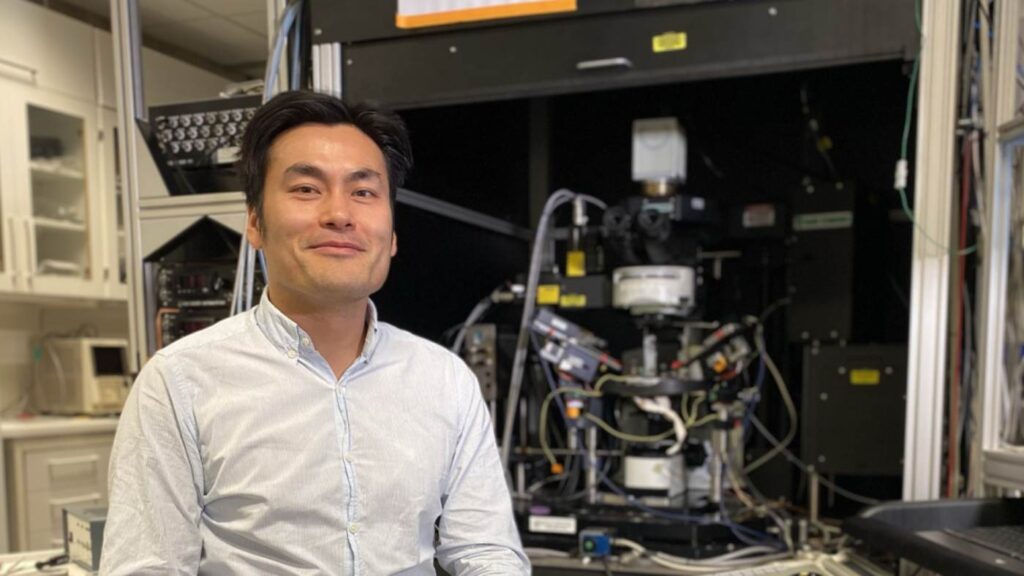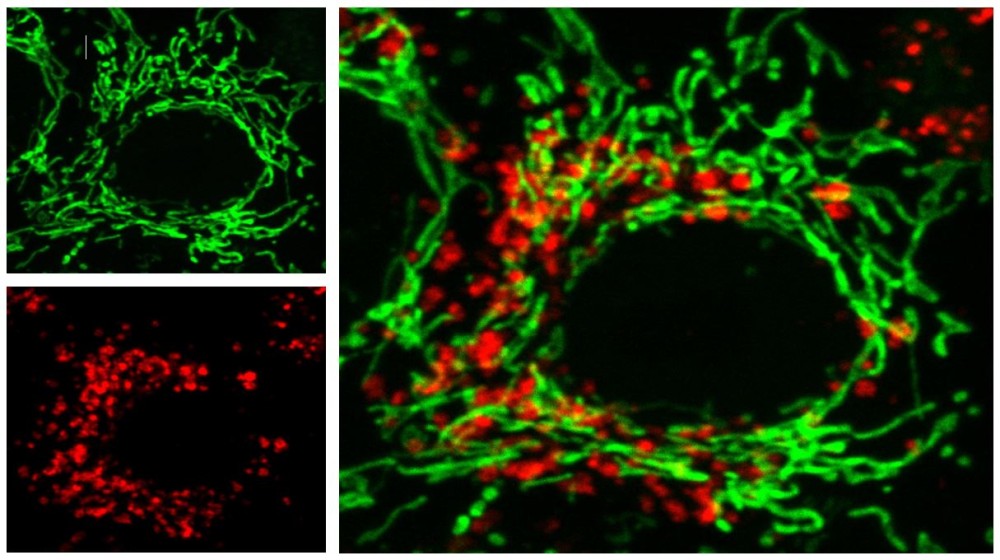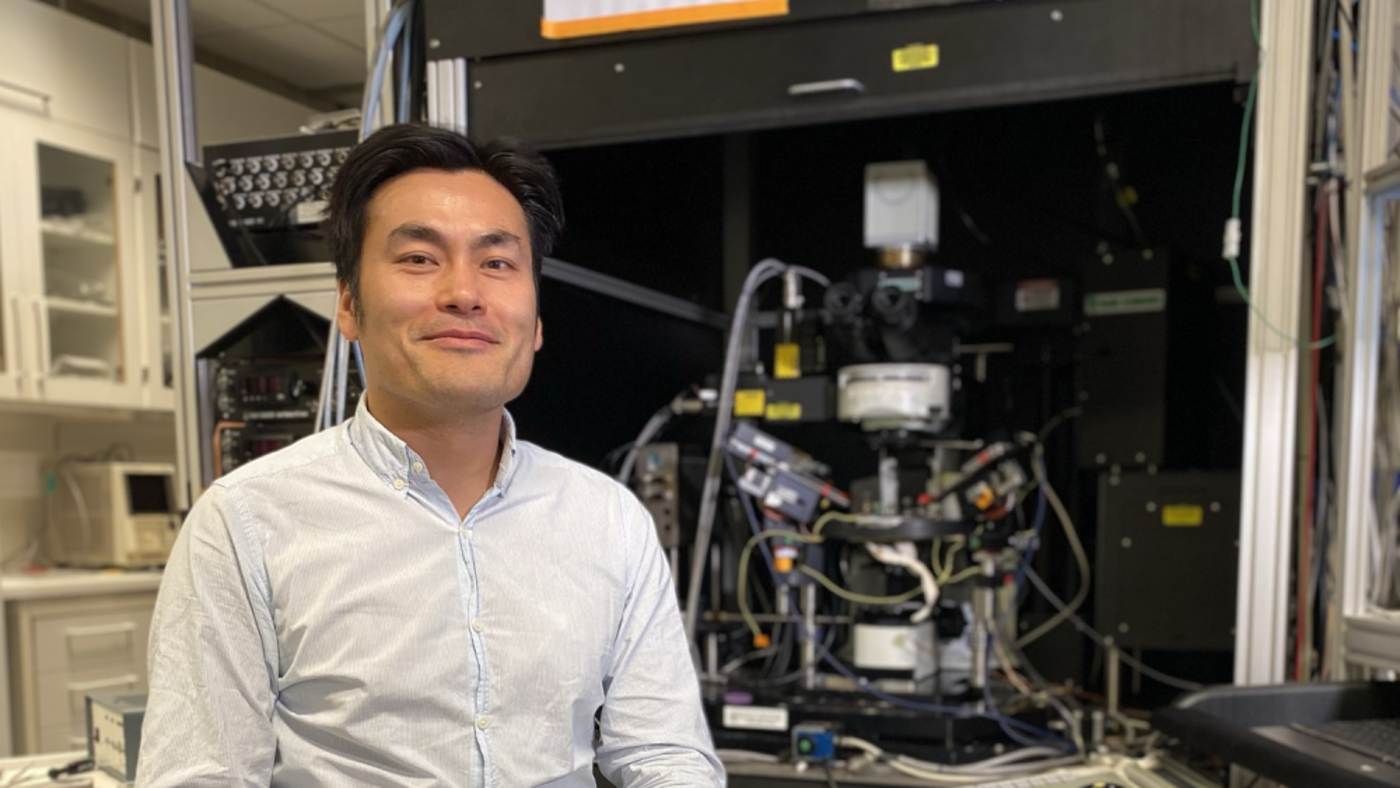
Researchers in Oslo have developed an artificial intelligence method to help them identify potential new medicines for Alzheimer’s. The new medicine seems to be more precise. No side effects were documented during tests with worms and mice.
One of the causes of Alzheimer’s disease is the degeneration and loss of nerve cells in the brain as we age. A cell is like a finely tuned machinery. The cell needs energy to perform its tasks. The energy comes from energy factories called mitochondria.
In young, healthy cells, old or damaged mitochondria are removed from the cell in a process called mitophagy. The research group found that when we get older, we have more broken mitochondria, and the cells will not be able to remove all of them anymore. An accumulation of broken mitochondria clogs the cell’s ordinary processes and eventually, the cell will die.
Cells need the energy generated by the mitochondria to clear this “garbage.” Just like a machine will stop working if it is not maintained, says associate professor Evandro F. Fang, the leader of the research group.
A new method for treating Alzheimer’s disease
A new potential method for treating the disease is described by Fang’s group in a new study. “We may be able to reduce or stop the progress of the disease with the patient. We can do this by increasing the cell’s ability to self-clean,” Fang says.
MORE: New Study of ‘MIND’ Diet Shows It May Improve Memory and Thinking Skills in Old Age
Because the clogging of the machinery is a part of the problem, the researchers had to find a way to boost the cleaning process. They looked into the use of so-called mitophagy inducers. The idea was to find a way to increase the level of waste management in the patient’s brain cells.
“We can compare this to hiring extra personnel to clear a cleaning backlog in a factory,” Fang explains.
Fang’s group described how It may be possible to find a way to stimulate the cells’ own self-cleansing system in 2019.
The treatment may improve other organs

The reboot of mitophagy gives the patient several advantages: It will increase the clearance of brain cell garbage and the cleaning process will be more effective in itself. It may also increase the cleaning in other other organs, not only the brain.
“By turning up mitophagy, we may also be able to increase the quality of other organs, like their heart and muscles. A stronger body is important to reduce the effects of the disease,” Fang notes.
AI used to find possible candidates for a new medication
It takes a lot of time and effort to develop a new drug, and it is a very expensive process.
RELATED: Coffee and Tea Drinking May be Associated With Reduced Rates of Stroke and Dementia
The researchers wanted to find substances that may induce the cleaning process. They used AI to search for substances similar to known mitophagy inducers.
The computer program browsed through a large catalog of substances and identified two candidates, Rhapontigenin and Kaempferol. They used mice and nematodes, a type of worms, to document whether use of these substances on their nerve cells inhibited memory loss.
CHECK OUT: 4 Common Medicines Have Reversed Alzheimer’s in Mice
Fang and his colleagues have filed a patent on Rhapontigenin for the treatment of Alzheimer’s disease. They are now working on describing both how Rhapontigenin and Kaempferol may help us delay the progression of memory loss, and how it may help us reduce disease progression when it has occured.
In addition, they are also going to describe the in-depth molecular mechanisms that help Kaempferol and Rhapontigenin to induce mitophagy.
MORE: Keeping Active Can Reduce the Risk of Dementia, Scientists Find
The compounds have not been tested in humans yet, so much still remains to be done.
“We are now using AI to propose small, structural modifications to these candidate compounds. We want to make them safer and more efficient for treating Alzheimer’s disease,” Fang says.
The study is published in Nature Biomedical Engineering.
Source: University of Oslo
SHARE This Story of Hope on Social Media…




















